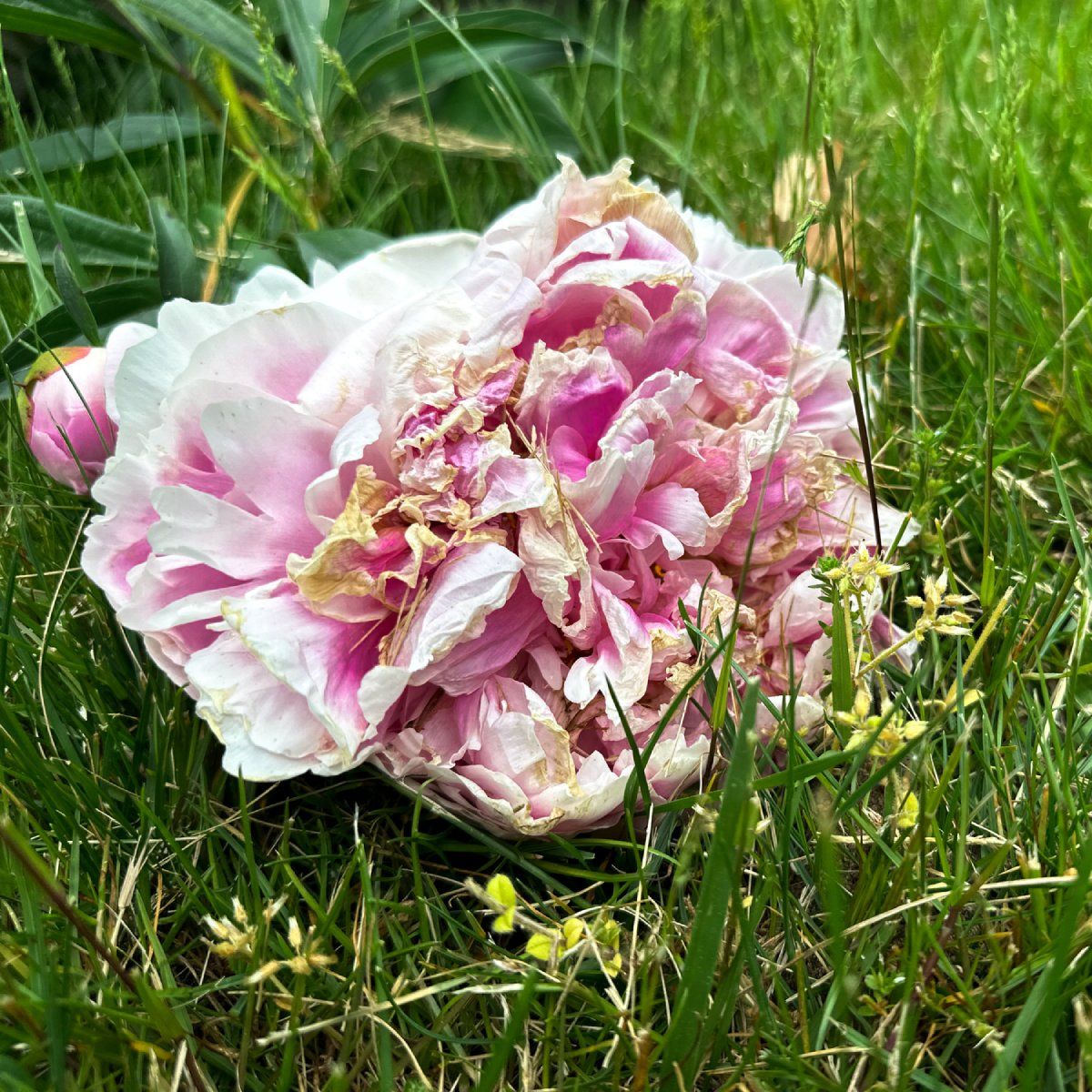A dependable perennial, peonies are celebrated for their vibrant color and immense visual impact. Long-lived shrubs impart lasting beauty into the home landscape, thriving for decades with only little care from gardeners.
If you’re growing peonies, you can expect large, highly-fragrant blooms to grace the stems of plants seasonally, beginning in spring and lasting until mid summer. But, what happens once their magnificent blooms finally begin to fade? This guide serves to take a closer look at the process of deadheading peonies, as well as continued care for the plants throughout the season.
Why You Need to Deadhead Peonies
Though the beauty of peony blooms is often described as fleeting, peonies are a much-welcomed addition to perennial garden beds and mixed borders. Their tidy, no-fuss look can be achieved easily, by deadheading peony plants after their flowers have started to fade. This occurs when each petal begins to wilt or dry, eventually falling from the bloom.
Large seed pods at the center of the flower will also begin to swell at this time. This indicates the potential that pollination has occurred and can even signal the start of seed production.
Though seed-set is essential if you’re s hoping to breed your own peonies, it can also affect overall plant health. This is especially true in bushes that are young, or that have been planted only recently. Deadheading, and the subsequent removal of developing seed pods, will help plants to direct energy to the development of a robust root system and to the production of buds the following spring.
How To Deadhead Peonies
(Image credit: Alexander Shapovalov / Getty Images)
Though peonies are a popular cut flower, frequently used in arrangements and bouquets, many prefer to enjoy their blooms in the garden. A number of factors can affect their longevity. Rain, temperature, and a variety of other conditions may affect bloom quality and how quickly flowers begin to fade. Identifying tired buds will be the first step in learning how to deadhead peonies after blooming. You should deadhead peony flowers are:
damaged
showing signs of disease
have simply lost their petals
Spent flowers should be removed carefully, using a clean pair of bypass pruners or shears. With stem in hand, follow it back to its nearest growth point. Cuts should be made at a 45-degree angle, slanting away from any remaining foliage or buds. Doing so will help to camouflage cut stems, shape shrubs, and prevent the occurrence of disease.
Though most varieties of peonies respond well to deadheading in this manner, some types will require more specialized treatment. This includes tree peonies, which should trimmed only minimally each season.
What Happens if You Don’t Deadhead Peonies
(Image credit: SbytovaMN / Getty Images)
Even if you forget to deadhead peonies after blooming, you can still remove the seed pods at any point in the season.
Allowing flowers to remain until frost will not negatively impact the plant’s health. However, deadheading at the correct time will allow plants to divert energy elsewhere, rather than to the production of seed. This will result in hardier, bushier growth in the following season, as well as an increased production of flower buds.
Frequently Asked Questions
How Long Do Peonies Take To Bloom?
Time required for peonies to begin blooming will vary. After planting, new roots may not flower dependably for at least 2-3 seasons. The same can also be said of shrubs grown from seed, with gardeners seeing the maturation of these plants after approximately 4-5 years.
Do Peonies Get Bigger Every Year?
You can expect peony shrubs to increase in size each year, until reaching maturity. With proper care, plants can grow to an impressive size, bearing large numbers of flowers from spring through summer.








 + Planting String of Watermelon Succulents
+ Planting String of Watermelon Succulents  with Garden Answer
with Garden Answer


